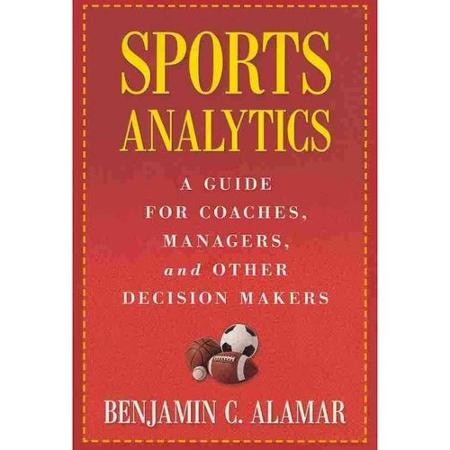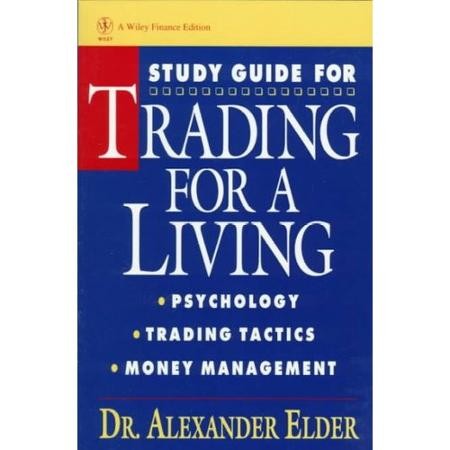Winning with ETF Strategies Top Asset Managers Share Their Methods for Beating the Market
Post on: 13 Январь, 2017 No Comment

Today, using the right ETF strategies, you can pursue virtually any investing objective, and achieve your goals in any market: sideways, bear, or bull. In Winning with ETF Strategies. 23 of the fields most respected and innovative money managers reveal their current strategies and methods, and show you how to select and apply the right approaches for your needs. The ETF money managers presented here have been featured in leading media including CNBC, Fox Business, Bloomberg, Barrons, The Wall Street Journal. and Research Magazines ETF Advisor Hall of Fame.
In this book, Max Isaacman clearly explain how ETFs can help you: gain access to precious metals and other non-market asset classes; profit in unsettled markets and prepare for the next bull market; shift portfolio exposure to the sectors, regions, and asset classes most likely to earn profits; allocate your assets more flexibly and precisely; uncover value opportunities in areas that have underperformed; provide tactical opportunities to generate absolute return; strengthen risk management, and much more.
Most Helpful Customer Reviews on Amazon.com (beta)
11 of 11 people found the following review helpful
Not good advice for the retail investor 2 Feb. 2012
By Gaetan Lion — Published on Amazon.com
Format: Hardcover Vine Customer Review of Free Product ( What’s this? )
This short book on ETFs is divided in two different halves. The first one covering seven of the eight chapters in the book is focused on two themes:
1) The assumed advantage of equal weighted or fundamental weighted indices over traditional market cap weighted indices; and
2) The advantage of extensive market timing in different investment sectors and asset classes facilitated by the broad universe of ETFs vs a traditional buy and hold strategy.
The second half of the book is an interesting survey of 23 different investment managers that use ETFs as their main investment vehicle to create various investment asset allocations.
The ongoing debate regarding indices structure is interesting. The author interviews advocates on the equal weighted or fundamental weighted side. Their main argument is that this approach ensures you don’t overweight stocks that have bubbled. They state that the top 50 stocks by market cap account for 50% of the S&P 500, and they consider that excessive. Their index structures correct that. They also state their index structures have greatly outperformed their market cap weighted alternatives.
The whole truth is not straightforward. Within the book, they often praise the Rydex S&P equally weighted index fund (RSP) as they state it has outperformed the S&P 500. However, the RSP is a completely different animal. Within the RSP the largest market cap has the same weight as the smallest one or 1/500th of the whole index. This gives the RSP a strong Mid and Small caps tilt. If you now compare the RSP performance to a Mid cap index fund (VSMAX) or Small cap one (VIMSX), RSP advantage disappears. Its performance is somewhere in between the S&P 500 and either a Small or Mid Cap index. That’s all there is to this.
Research Affiliates has structured some successful fundamental index funds (PRF for large caps and PRFZ for small caps). Within such indices the weight of a company is based on a combination of financial metrics including dividends, earnings, revenues, and book value. The idea is the same as for equal weighted index, and that is to avoid buying too much into a stock that has bubbled. Those indices have outperformed their market cap indices counterparts. But, this is an apples and oranges comparison. This index structure within the specific cap targeted gives it a smaller cap and value tilt. Also, those indices have benefitted from a larger weighting of the financial sector in March 2009 when that sector was dirt cheap during the financial crisis. As the financial sector recovered, the PRF indices really took off. If you compare the two graphs (Fig. 5-1 and 5-2 on pg. 44 and 45) you will notice that the fundamental index chronically concentrates on lower valuation sectors such as financials and utilities and is much less invested in higher valuation sectors such as technology and health care. But, that is not always a good thing. Google P/E ratio will always be higher than PG&E. And, there are many valid reasons for that such as earnings growth. This does not mean Google is systematically overvalued relative to PG&E. At times, the opposite may be true.
Also, early in the book there is the allusion that some ETFs are intelligent as companies have designed indices that would beat their respective benchmarks through a mysterious synergy of stock composition. PWC is such an intelligent ETF. For the first two years it did outperform the S&P 500 only to underperform it steadily since 2006. Yet, the author suggests PWC has outperformed to this day (pg 9). It has not.
This whole debate about index structure deserves further studying. If you are interested to do so, I recommend Robert Arnott The Fundamental Index: A Better Way to Invest on the proponent side. And, on the rebuttal I suggest excellent papers: Fundamentally Flawed Indexing by Andre Perold and Let’s Not All Become Fundamental Indexers Just Yet by Paul Kaplan.

Moving on to the section on market timing and sector rotation, the advice is poor. On page 26, the author shows what a fortune you would have generated if you had invested in the S&P 500 since 1966 and had somehow miraculously avoided in each single year the worst 5 trading days. Similarly, on page 19 the author shows a table that discloses how much the yearly return of ten different asset classes diverged during the past decade. This entails how well one could have done by investing in the asset classes that fared better in every single year. The section heading is: The Importance of Picking the Right Sectors. Within this same section, the author states There are many ways to use ETFs to profit from the difference in sector performance. To think that one has the foresight to move in and out of 10 different asset classes with perfect timing from year-to-year is as delusional as believing one can precisely avoid the 5 worst trading day of the year of the stock market.
The second half of the book is a survey of 23 different investment managers that use ETFs to design asset allocation portfolios for their clients. These managers rely on complex proprietary asset allocation models. So, their investment method is not replicable by the retail investor. It is unclear how successful these investment managers have been. Numerous have less than $200 million under management or have just started a few years ago. Cedar Winds and Global ETF Strategies started in 2004 and Monument Wealth Management started in 2008. None of their investment record is public. So, they can make unverifiable claims regarding their excellence. One exception is Long View that created its own ETFs: Long View Global Allocation Fund (LONGX). So far it has widely underperformed a simple strategy (60% equities/40% bonds VBINX).
Throughout the book, there is a cult of complexity promoting the merits of investing in a bunch of exotic asset classes such as currency, commodities, and small emerging market cap. Diversifying across US stocks entails investing in numerous indices (large, small, mid cap, etc. ).
Having been a student of capital markets for decades I feel this cult of complexity is over hyped. I don’t see much benefit for the retail investor in investing in all those exotic instruments. Who needs to take on currency risk or accounting risk with poor disclosure in emerging markets? Also, splitting out US indices into three separate asset classes adds no value. Instead, one is better off investing in a single large well diversified index such as the Wilshire 5000. If you had to invest in a single fund, you could do worse than simply investing in the mentioned VBINX (60%/40% equity/bonds). Also, the concept of sector rotation is a losing proposition for most investors. One’s probability of moving out of an asset class at the wrong time is probably greater than 50%.
If you want to invest successfully and simply I recommend the excellent The Random Walk Guide To Investing. It will offer you better advice than this book.
5 of 5 people found the following review helpful
Good general Introduction but not a cookbook for winning with ETF 21 Mar. 2012
By Gadgetman — Published on Amazon.com














